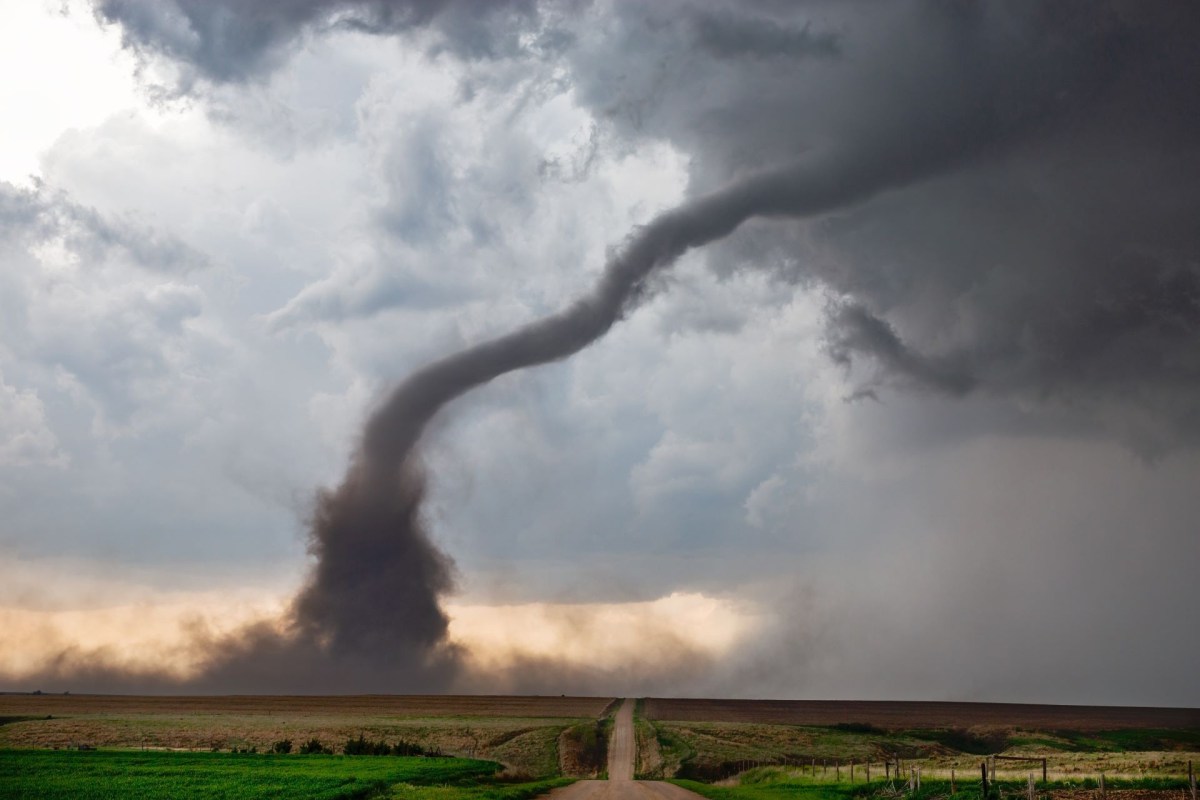Weather expert Walker Ashley is noticing a troubling trend when it comes to United States tornadoes — they aren't just in Kansas anymore.
The storms are moving east of the Great Plains, touching down in more populated parts of the country that were never a part of "Tornado Alley."
So, when a tornado like the one that hit Mississippi in March with 200-mile-per-hour winds touches down, the results are catastrophic. Drone footage of that storm, provided by The Guardian, shows a wiped-out town with a semi-truck sitting atop a pile of rubble.
"There's been explosive growth in the south in recent years, and that, unfortunately, means we are turning up both the number of tornadoes in this area and the number of people exposed to them," Ashley, a scientist at Northern Illinois University, said to The Guardian.
The "expanded bullseye" now includes Alabama, Illinois, Tennessee, and Arkansas, among other states.
The reason for this movement is tricky to pinpoint and includes multiple factors. Overheating is causing mild winters, which experts said could be increasing the odds of earlier severe storms.
The impact of overheating on tornadoes is still being investigated. Ashley warns against linking every twister to the planet's changing climate. The warming weather, he said, is part of the recipe that favors the creation of extreme wind, hail, and tornadoes. Air moisture and wind shear are also contributors, impacted by the hotter temperatures.
"[W]e are fundamentally changing the ingredients that make a tornado … We are increasing the odds that we will have more severe tornadoes throughout the 21st century, we are seeing that change happen already," he told the Guardian.
Stronger construction, including more resilient roofs and garages, are ways to mitigate the damage, which Ashley said everyone pays for through higher insurance premiums and government investment in disaster zones.
The tornado that hit Rolling Fork, Mississippi, was likely around an F3 on the Fujita Scale, a system that grades twister severity. At this intensity, you can expect trains to be overturned, trees to be uprooted, and homes to be blown apart.
The most severe level is F5, where houses and vehicles are picked up and sent through the air like missiles, with winds up to 318 miles per hour.
President Joe Biden toured Rolling Fork after March's disaster, which fit every bit of the billing for an F3.
"Three minutes, this neighborhood is basically gone," he said in The Guardian report. "The basics of life, all gone."
Join our free newsletter for cool news and cool tips that make it easy to help yourself while helping the planet.









